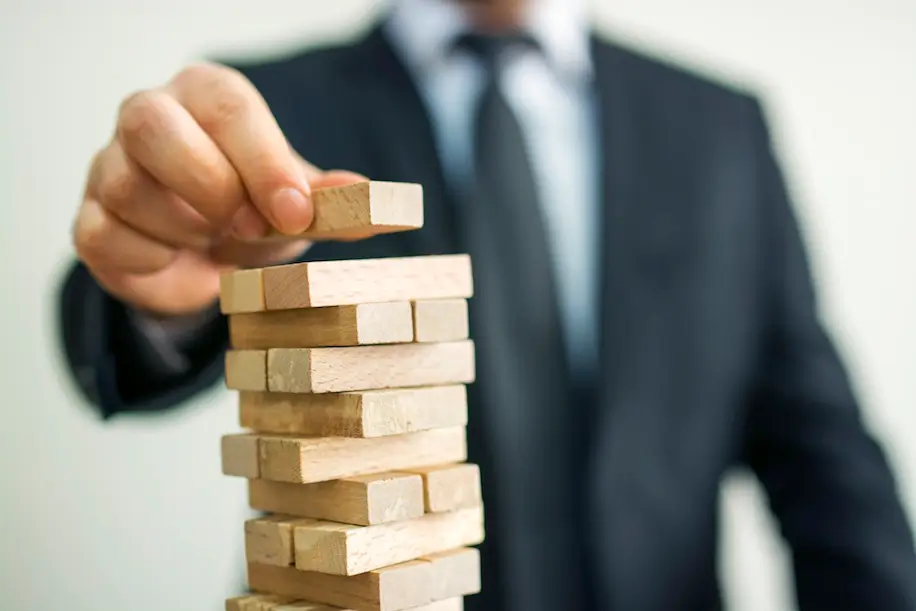
The question is how do organizations gain that sustainable competitive advantage? It's easy - or relatively so - to gain a transient edge: Walmart did when it automated numerous transactional activities. But that edge dulled when competitors adopted the same methods. To obtain the "Holy Grail," innovative leaders need to improve their people - not their processes. As we shift from transactional to tacit work environment, the need for complex skills is growing. Can you keep up?
In "The Next Revolution in Interactions," McKinsey researchers Bradford C. Johnson, James M. Manyika, and Lareina A. Yee write, "Today's most valuable workers undertake business activities that economists call 'interactions."
"Interactions" are the activities involved in the "searching, coordinating, and monitoring required to exchange goods or services." This contrasts with transformational work (e.g. extracting raw material and turning it into goods) or transactional work (e.g. checking someone out at the supermarket).
These interactions require complex thought, agility, intuition, and the ability to handle ambiguity. Because of this they cannot be automated. Demand for highly skilled tacit employees is growing. As the McKinsey report explains: "[A]dvantages that companies gain by raising the productivity of their most valuable workers may well be more enduring, for their rivals will find these improvements much harder to copy."
How? If you can figure that out, you've got the sustainable competitive advantage that you need.
The McKinsey report outlines a few ways that organizations can improve the productivity of its tacit employees:
Flatten the pyramid. Since the 19th century, companies have "resembled pyramids." Typically, there are a small number of tacit employees at the top and then larger amounts of transactional or transformational workers at the bottom. Fast-forward to the 21st century, and there is a pronounced need for tacit thinkers at all levels. Encouraging collaboration and innovation, while rethinking traditional structures, can help your company adjust to this change and get a step ahead of the competition.
Use technology to complement the skills of tacit employees. Technology and automation can replace many transactional workers. They can't replace tacit employees, but they can help them do their jobs more effectively. For instance, Kaiser Permanente uses digital records and "decision-support tools" to improve complex interactions with patients. Home Depot uses automated checkouts to free employees to act as sales staff.
Everything from email to video conferencing to iPhone apps can help tacit workers become much more productive and efficient. The authors suggest that companies reconsider how they spend their tech budgets - focusing less on transactional tools and more on tacit supports.
In the knowledge economy, the demand for skilled tacit workers is only growing; as is the need to improve their productivity and contributions to the organization. To reach the Holy Grail of profitability and success, you need to respond to the "call to arms" and figure out how to develop these tacit skills throughout your company.



